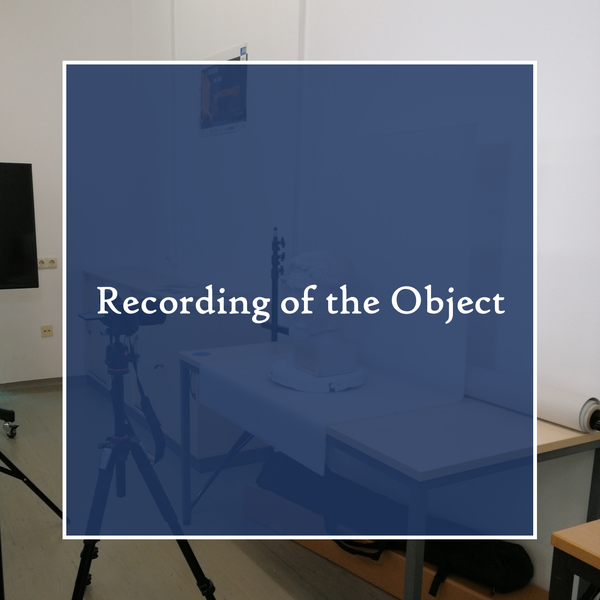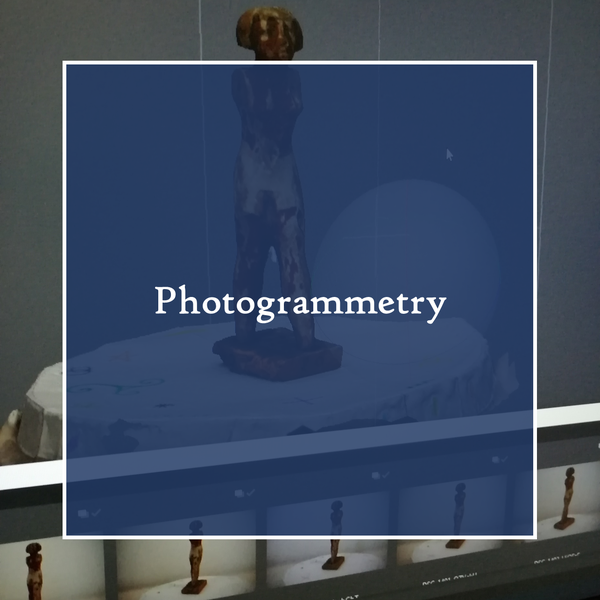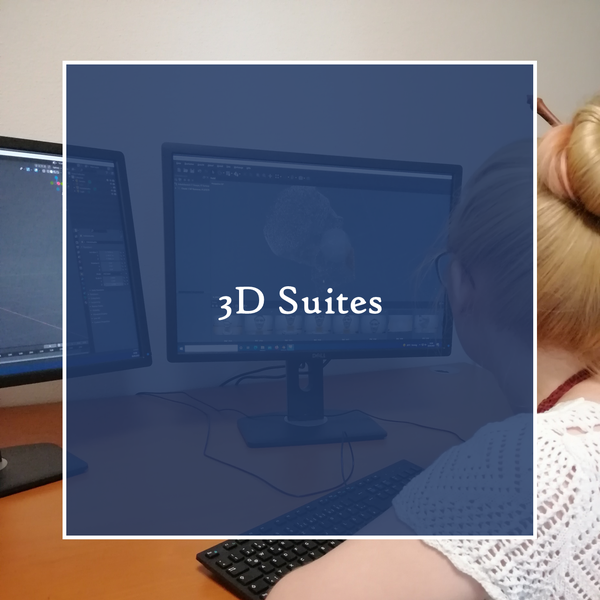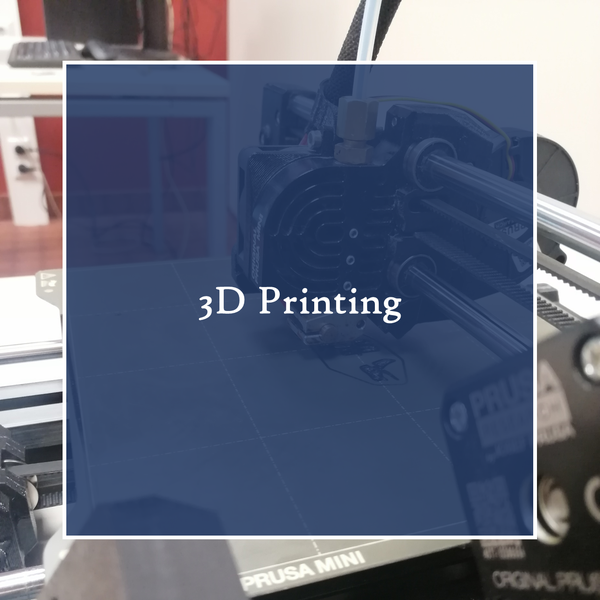3D models and 3D printing
|
We digitize the holdings of the Collection of Classical Antiquities for a variety of projects. Students have the opportunity to actively participate in this process through seminars and exercises, allowing them to develop software skills and enhance their competence for future career paths. Digitization involves a range of activities, from taking simple photographs to creating elaborate 3D models. These models are used not only in virtual spaces but also, for instance, as 3D prints in "portable museums" for schools. Learn more about the individual steps involved, from taking a photograph to producing the final 3D model, here. |
|
 |
The process begins with the digital recording of a collection object. This can be done either by photographing the object from different angles with a camera or by using a laser scanner, which automatically generates 3D data. This data can then be imported into a 3D software suite for further processing. When using a camera, photogrammetry is employed to create 3D data from two-dimensional photographs. To ensure a high-quality 3D model suitable for detailed 3D printing, the number and quality of the photos are crucial—more and higher-resolution photos lead to a more detailed 3D model. |
 |
Photogrammetry is a process used to create 3D models from multiple photographs of an object taken from different angles. In this process, 2D and 3D data are extracted from these overlapping photos by converting them into a 3D model. Measurement points on the photographed object are identified in photogrammetry software, which then determines the object's three-dimensional shape. This model can be further modified, scaled, printed, and even animated.
|
 |
3D suites not only allow you to create a polygon mesh and adjust the resolution or size of a 3D model but also support the entire 3D pipeline: modeling, rigging, animation, simulation, rendering, compositing, motion tracking, and video editing. |
 |
3D printing refers to manufacturing processes in which liquid or solid materials (e.g., filament) are applied layer by layer to a build plate to create three-dimensional objects. This layer-by-layer buildup is computer-controlled and achieved through physical or chemical melting or hardening processes based on specified dimensions and shapes. Depending on the size of the model and the technology of the printer, the printing time can range from a few minutes to several hours. |
 |
The product is a tangible collection object that can be copied as often as needed and used in a variety of educational contexts. Its hands-on nature makes it especially suitable for frequent use in "portable museums." |
